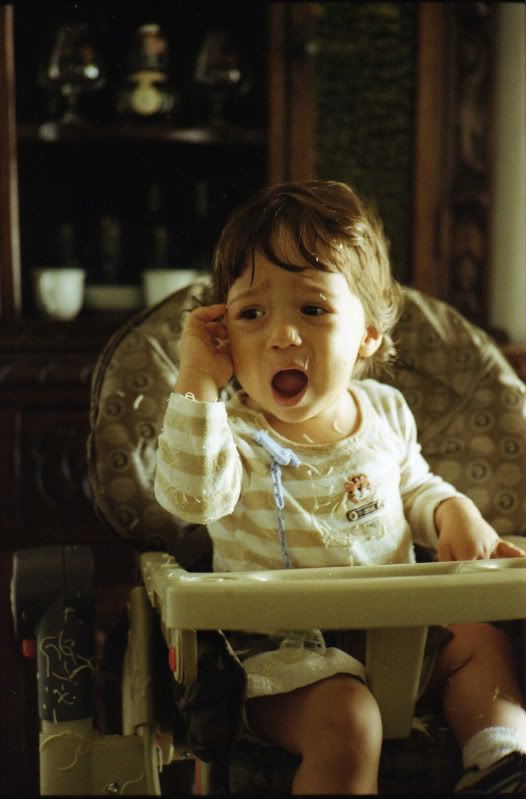Highway 61
Revisited
Vince, that's nice to still see her from time to time - her face represents the "golden age" of the Nikon RF forum for me. 🙂



I was pretty surprised by the number of folks here who told the original poster to go get an SLR for portraits. ?????? No wonder he decided to try a Leica instead.
The Nikon SP/S3 are the definitive portrait cameras. 1:1 finders and wheel focus are exceptional features.
While I started with SLRs, they never gave me situational awareness that Nikon RFs give me. Leicas and Bessas were fine, but the 1:1 finders allowed me to be aware of what is going on better. With environmental portraits rather important, everything but head shots. While it good, I still like the 300/4.5 ED-IF for head shots, but other than that, it's RF.
My perfect kit is a Nikon S3 and a F2 and about four lenses to carry and two back in the car or room. Lenses focus the same direction, aperture rings too. The glass has a wonderful character if you pick the right ones.
Your mileage may vary, but the fun will still be there!
B2
BTW Vince, what did you do to that old FTN Prism?
+1. The peculiar coincidence Nikon RF patch inside the 1:1 finder allows to focus very, very precisely on the subject's eye iris. I once borrowed a friend's Leica MP 0.72x but never could achieve the same accurate focusing - I found its RF patch too small and too white to see the person's eyes through it.I find portraits are easier with an RF than a manual focus SLR because I find it easier to confirm focus on the eyes and I'm usually shooting close to wide open without much depth of field.

Originally posted by Highway61:
Nikon RF bodies fitted with the humble Nikkor-H-C 50/2 have become my second-to-none portrait tools these years.
I prefer SLRs for that simply because I can preview depth of field. Other than that, the assured focus on the eyes an RF affords is a good argument for the latter, of course.
Also, I love to use medium format Tri-X and Portra for portraiture, and my MF setup is a Mamiya 645, thus, SLR.




I always find that, with a plain ground-glass SLR screen, I rock the focus back and forth repeatedly to confirm the sharpest focal point. With an RF, it's a quick adjustment with no uncertainty. For that reason, I find RFs faster.
In addition, I think a lot of SLR photographers use a center split prism, which is more precise but not much different from a rangefinder in that you focus then recompose. The same with many autofocus alignments ... the newer face recognition focus and multiple-point focus are game changers (if you can be assured the camera is focusing where intended), but most legacy SLR systems used a center focus point, requiring you to focus then recompose.
There's no arguing with depth-of-field preview on an SLR.


